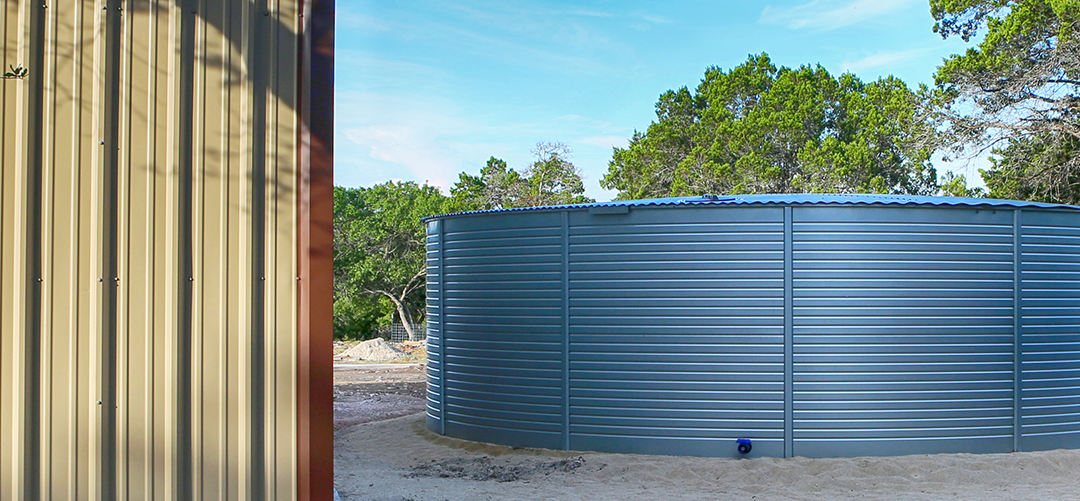Rainwater harvesting is a sustainable and cost-effective way to conserve water, but it’s not without its challenges. One of the most common issues faced by rainwater harvesters is dealing with sediment in their tanks. But what exactly is this sediment, and how can it be managed effectively? Let’s find out.
What is Sediment and Is It a Bad Thing?
Sediment is essentially a collection of tiny particles that settle at the bottom of your rainwater tank. These particles are picked up by rainwater as it falls from the sky and are carried into your tank. While the presence of sediment might initially raise eyebrows, it’s actually a natural and expected part of the rainwater harvesting process.
This sediment layer is nutrient-rich and can serve as a natural fertilizer for your plants. Furthermore, as long as you use a proper filtration system and regularly maintain your tank, the water above the sediment layer remains clean and safe to use. So, while sediment might seem like a problem, it’s actually a beneficial aspect of rainwater harvesting.
The Potential Issues with Sediment
Despite its benefits, sediment in rainwater tanks can pose some potential issues if not properly managed. One such issue is sediment resuspension, a process where the settled particles are stirred up and mixed back into the water. This can occur due to a number of factors, such as turbulence caused by incoming water or changes in temperature and water levels.
When sediment gets resuspended, it can affect the quality of the water, making it murky and potentially unsafe for certain uses. Additionally, excessive sediment buildup can reduce the storage capacity of your tank, leading to overflow and wasted water. Therefore, it’s important to manage the sediment in your tank effectively to prevent these problems.
Managing Sediment in Your Tank
Fortunately, there are several ways to manage sediment in your rainwater tank. One of the most effective methods is using an Auto Tank Vacuum. This device pulls water from the bottom of your tank when it reaches its overflow height, ensuring that any overflowing water is the dirtiest in your system. By removing this sediment-laden water, the Auto Tank Vacuum helps maintain the overall quality of the water in your tank.
Another useful tool for managing sediment is a Floating Off Take Valve. This valve rests at the surface of your tank water and draws clean water from the top of the tank, where sediment is lower than it is at the bottom of the tank. This floating system uses a float connected to a hose, which is attached to your tank’s outlet. As such, only the best-quality water is delivered to your home from your rainwater tank.
And finally, there’s the Calmed Inlet. This specially designed tool prevents sediment from being stirred up and resuspended by calming the inflow of water into your tank. Without a Calmed Inlet, the incoming water can stir up the sediment at the base of the tank, especially when the water level is low. This reduces the quality of the water you’re about to use. The Calmed Inlet softens the flow to prevent this issue, so you always have clear, fresh water ready for use.
While sediment is a natural and beneficial part of rainwater harvesting, it must be managed properly to prevent potential issues. With tools like the Auto Tank Vacuum, the floating off-take valve, and the Calmed Inlet, you can effectively manage the sediment in your tank and ensure you always have clean, safe water for use.
